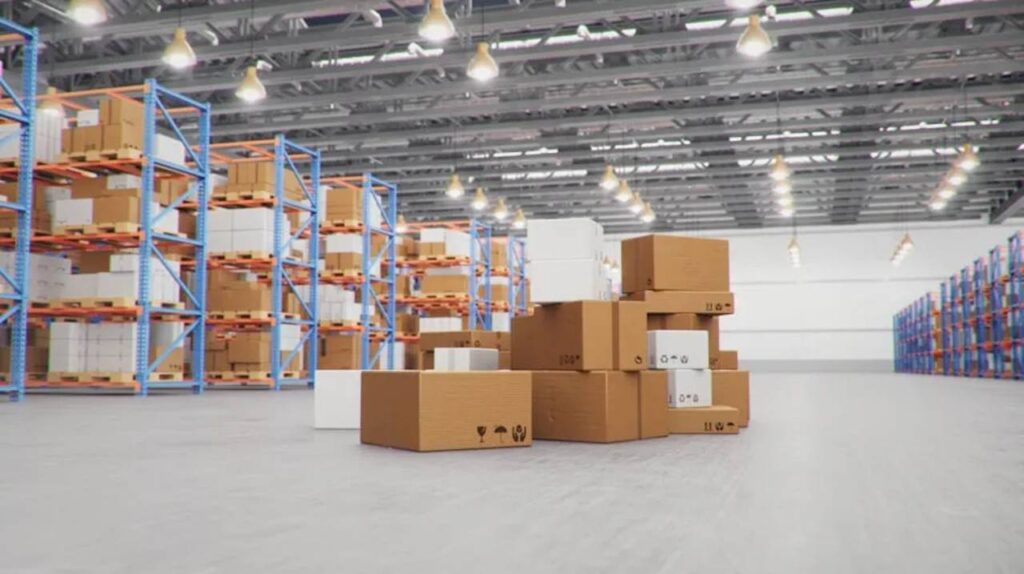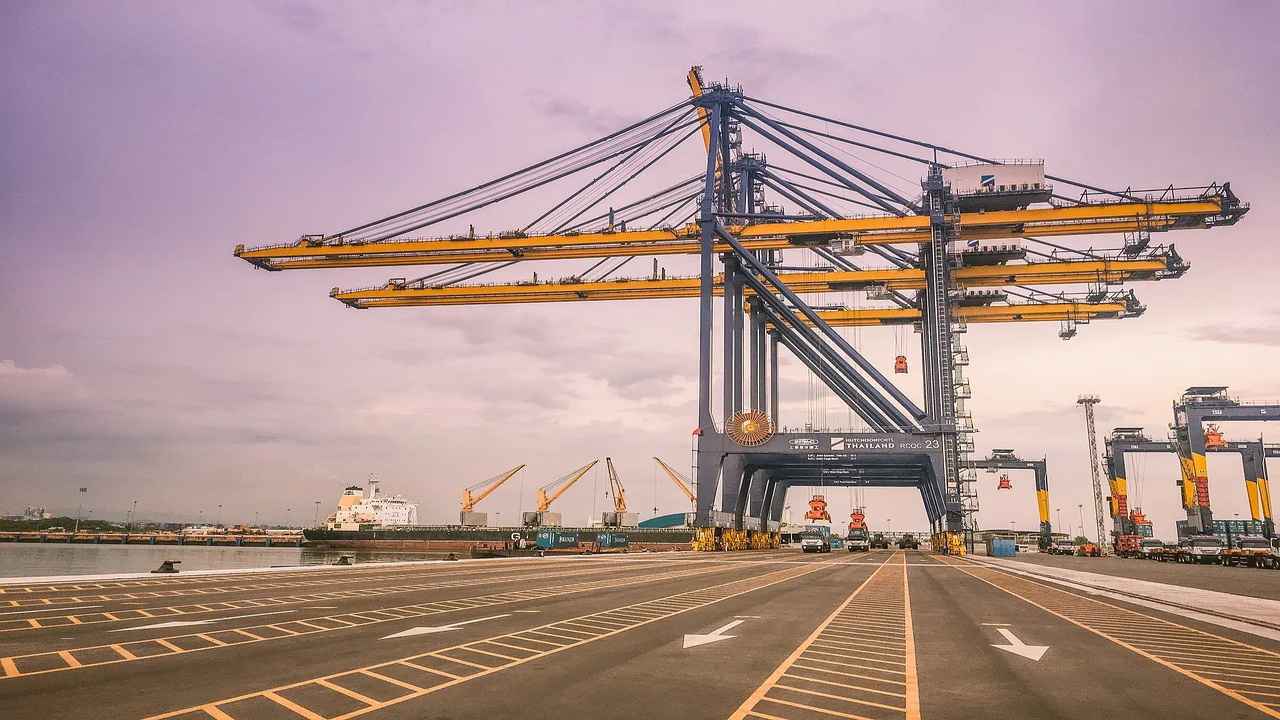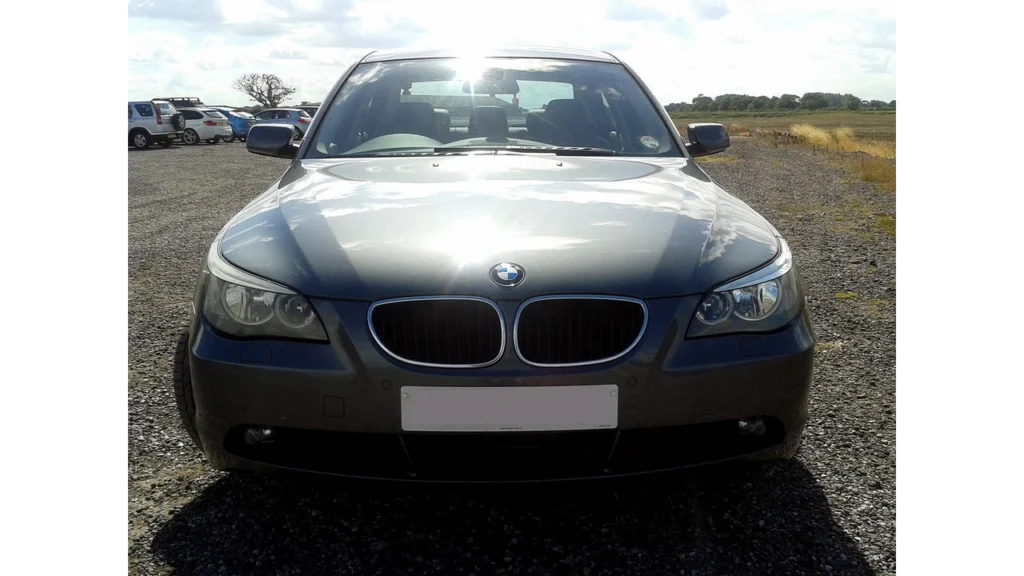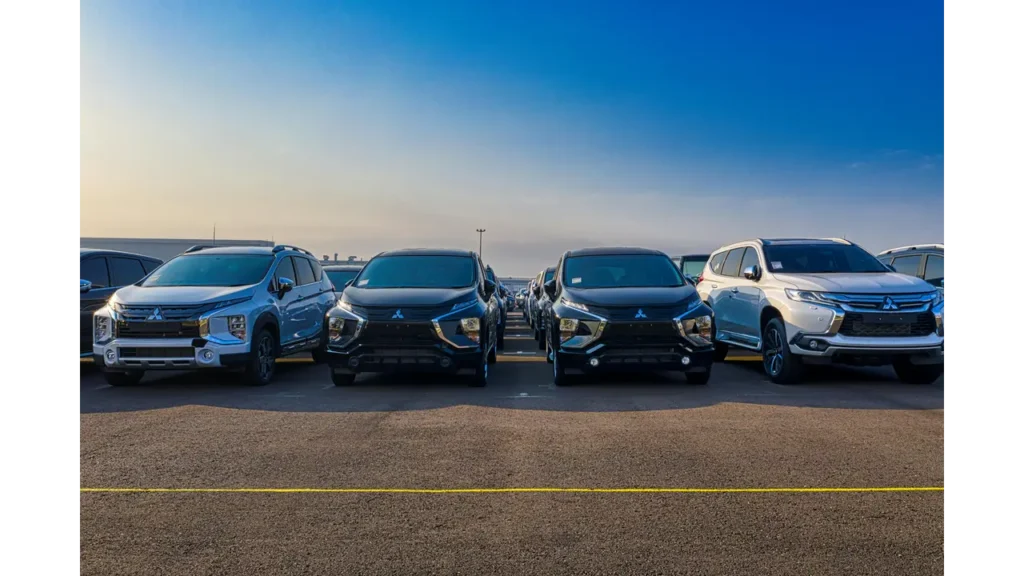Introduction
Maybe you’ve been using a classic 3PL in Oman for years pallet in, pallet out, one invoice at the end of the month and it’s worked fine. But your SKU count has doubled, you’re moving into the UAE and Qatar, and the CFO is asking why duty-deferment paperwork and carrier invoices still arrive in three different spreadsheets. That’s when the term 4PL starts popping up.
A 3PL (third-party logistics provider) normally owns trucks, forklifts or at least a warehouse lease. A 4PL (fourth-party logistics provider), sometimes called a Lead Logistics Provider, often owns nothing physical; instead, it runs a control-tower team that orchestrates multiple 3PLs, customs desks and carriers under one data layer. Think of the 4PL as the conductor and the 3PLs as the orchestra. In Oman this distinction matters because the local 3PL market, valued at about USD 0.66 billion in 2023 and growing 9.3 percent a year, is getting crowded. Choosing between doing more with your current 3PL or hiring a 4PL boils down to cost lines you can count and soft benefits you can’t ignore visibility, cash flow, and speed across GCC borders.
Key takeaways :
- Oman’s 3PL market is on track to hit roughly USD 1.03 billion by 2028, so competition—and service levels—are rising fast.
- 3PLs bundle warehousing and transport margin; 4PLs charge a monthly retainer (typically OMR 3 000–8 000) but pass transport through at near-cost.
- A control-tower 4PL can cut empty-truck kilometres by around 10–12 percent, based on Petroleum Development Oman’s long-running 4PL contract.
- Bayan duty-deferment filings that cost OMR 10 each via a 3PL drop to zero if your 4PL does them in-house through its customs licence.
- If most of your spend sits in a single warehouse and one or two trucking lanes, stick with a 3PL. Once you juggle multiple sites, carriers or GCC markets, the 4PL control tower usually pays for itself within 12–18 months.
Table of Contents
What 3PL and 4PL really mean in Oman — 2025 definitions
A 3PL (third-party logistics provider) in Oman owns or leases physical assets—warehouses, racking, forklifts, sometimes a small truck fleet. You pay on a per-pallet or per-run basis and the 3PL handles storage, pick-pack, local delivery and maybe some customs filing.
A 4PL (fourth-party or Lead Logistics Provider) rarely owns anything with wheels; instead, it runs a “control tower” staffed by planners who plug into several 3PLs, ocean carriers and your ERP. The 4PL bills a fixed retainer for that brain work, buys freight at cost on your behalf and pushes every milestone into a single dashboard—inventory, Bayan duty status, transport KPIs, even CO₂.
Why the buzz now? Oman’s logistics sector is scaling fast. Market analysts size the Sultanate’s 3PL space at about USD 0.66 billion in 2023, on track for USD 1.03 billion by 2028—a 9 percent annual climb that’s crowding the field and pushing shippers to smarter orchestration.
Five signs you may have outgrown a plain-vanilla 3PL
- Visibility gaps across sites. You run two—or twelve—warehouses but still download separate Excel stock sheets every morning. A 4PL stitches those feeds into one view, often shaving two days of safety stock.
- Too many freight contracts. You hold separate deals for Muscat retail runs, UAE cross-border, and port drayage. A 4PL bundles lanes and buys on volume, turning a 7-10 percent transport margin into closer to 3 percent.
- No single SKU forecast. Sales, marketing and your 3PL each keep their own demand files. A 4PL plugs into your ERP, pushes one consensus plan to every 3PL and cuts Bullwhip risk.
- Bayan paperwork still manual. Each import declaration costs about 10 OMR when a broker files it line-by-line. A 4PL with its own customs licence automates uploads and often absorbs the fee.
- KPI drift. If On-Time-In-Full slipped below 95 percent this quarter and no one noticed until month-end, you’re missing a control-tower heartbeat.
Let’s make it happen. Discover our services.
Cost stack —seeing the numbers side-by-side
| Cost driver (monthly) | Typical 3PL | Typical 4PL* | Why it differs |
| Control-tower retainer | 0 OMR | 3 000 – 8 000 OMR | Pays the planners who manage multiple 3PLs and carriers; range quoted from Middle-East 4PL market surveys |
| Storage (ambient) | 1.9 – 2.4 OMR per pallet | 1.9 – 2.4 OMR per pallet | Same Sandan rack rate; Instagram listings in Rusayl show ≈0.070 OMR/day (=2.1 OMR/mo) |
| Transport margin | 7 – 10 % on freight bill | 0 – 3 % pass-through | 4PL buys at cost and shows the invoice |
| Bayan filing / doc fee | 10 OMR per import | 0 (done in-house) | 4PL’s customs licence rolls the task into the retainer |
| Tech licence (TMS/WMS) | 0 | ≈4 % of logistics spend | SaaS fee for multi-party visibility |
*Figures assume a shipper moving 600–800 pallets a month with two GCC trucking lanes and weekly imports.
Bottom line: a 4PL looks pricier on paper because of the retainer, but the delta often disappears once you strip out transport mark-ups, Bayan broker fees and stockholding tied to patchy visibility.
Where a 4PL usually pays for itself
- Inventory trim. Control-tower planning typically cuts stock by 15–20 percent; Petroleum Development Oman’s 4PL contract with Bahwan-Exel reported double-digit empty-run and inventory reductions.
- Fewer empty kilometres. Load-pool optimisation chops 10–12 percent of dead-head trucking, saving both fuel and CO₂.
- Duty-deferment autopilot. Bayan templates fire in seconds, so you stop paying OMR 10 per filing and never miss the 180-day bond deadline—no late-duty penalties.
- Unified KPI cockpit. OTIF, dwell time and carbon stats land in one dashboard; ops teams fix issues in-week instead of at month-end.
If your logistics world is basically one warehouse and a single Muscat-to-Dubai lane, a 3PL’s bundled model stays cheapest. Once you’re juggling multiple stock points, cross-border flows or strict GDP cold-chain rules, the control-tower fee tends to claw itself back within 12–18 months.
Sandan’s hybrid model – 3PL muscle, 4PL brain
Sandan doesn’t force you into an either-or box. We run the physical side—warehouses, forklifts, chilled chambers—just like a classic 3PL. But sitting one floor above the docks is a small control-tower team that behaves like a 4PL: they plug your ERP into our WMS and Bayan customs account, buy line-haul at net rates, then stream every milestone into a single browser tab. The arrangement keeps costs predictable (you still pay pallet rent) while delivering the perks a pure 4PL promises: live inventory across multiple sites, auto-generated Bayan declarations, and a weekly lane report that shows empty kilometres, fuel spend and CO₂. Because the tower sits on-site—literally a 30-second walk from the racking—it solves the biggest 4PL criticism: planners who work in a distant time zone and don’t see the freight they’re directing.

Industry use-cases – where the hybrid shines
- E-commerce scale-ups
Same-day pick in Muscat and next-day into UAE demands a single SKU forecast and late-cut-off carrier swaps. The control tower matches live order drops with carrier capacity, shaving fulfilment costs even when flash sales spike volume.
- Oil and gas MRO spares
Rigs can’t wait for a gasket. Our tower keeps an eye on every SKU ageing report and triggers a Bayan fast-track declaration when inventory dips, cutting emergency airfreight bills by up to 30 percent.
- Pharma cold chain
GDP probes feed temperature data straight into the dashboard, and if a sensor drifts outside 2 – 8 °C the tower pings both the warehouse floor and your QA team within 60 seconds—plenty of time to save the load and avoid product-recall costs.
Decision tree — should you stick with your 3PL or leap to a 4PL?
- Do you operate more than one warehouse or fulfillment site?
- No → stay with a 3PL for now.
- Yes → go to Q2.
- Are you using three or more trucking or sea-freight carriers?
- No → a 3PL plus a good TMS may be enough.
- Yes → go to Q3.
- Do you need live, SKU-level visibility across GCC borders?
- No → keep optimizing your 3PL contract.
- Yes → go to Q4.
- Is your duty-deferred inventory bigger than OMR 250 000 at any given time?
- No → 3PL still works; just add Bayan templates.
- Yes → a 4PL’s control tower will likely pay for itself via cash-flow and load-plan savings.
If you answered “yes” to Q3 and Q4, the retainer cost of a 4PL (or Sandan’s hybrid model) usually claws back within 12–18 months through lower transport margins, auto-filed Bayan declarations and slimmer safety stock.
How to transition from 3PL to 4PL in Oman — a five-step roadmap
- Baseline your spend and KPIs
Pull the last 12 months of pallet rent, transport invoices, Bayan fees and OTIF stats. This gives you the “before” picture.
- Define the control-tower scope
Decide which flows you’ll centralise first—imports, cross-border trucking, or last-mile e-commerce—and which KPIs matter most (OTIF, empty-km, duty-deferred cash).
- Map carriers, 3PLs and Bayan log-ins
Hand the 4PL one spreadsheet listing every carrier contract, warehouse WMS API key and your customs e-Guarantee. That’s their toolkit.
- Run a 90-day pilot on two lanes
Most shippers start with Muscat ↔ UAE and a local Muscat retail loop. Measure OTIF, empty kilometres and Bayan filing speed weekly.
- Full roll-out and quarterly business reviews
If the pilot hits savings targets, migrate the rest of your lanes and warehouses. Lock in QBRs so the 4PL’s retainer stays tied to real gains, not PowerPoints.
Frequently asked questions
Is a 4PL model even legal in Oman?
Yes. Omani law treats a 4PL as a “Lead Logistics Provider (LLP)”—a non-asset logistics service. Market researchers 6W cite dedicated LLP revenues in their 2025 Oman 4PL market forecast, confirming the model is formally recognised.
What does a 4PL retainer usually cost?
Surveys of GCC 4PL contracts show control-tower retainers clustering between OMR 3 000 and 8 000 a month for shippers moving 600–800 pallets and two cross-border lanes.
Can I keep my current carriers and still hire a 4PL?
Absolutely. A 4PL negotiates rates on your behalf but can onboard any carrier you nominate. Many shippers start by letting the 4PL benchmark existing contracts, then phase in new deals lane-by-lane.
How does a 4PL integrate with Bayan?
The 4PL’s customs-licensed staff create company users in Bayan (10 OMR per login) and upload one e-Guarantee covering every bonded move; declarations then flow via API instead of manual uploads.
Conclusion
If your logistics footprint in Oman still fits on one warehouse map and a couple of truck lanes, a well-negotiated 3PL contract is usually the cheapest, simplest answer. But once you add a second site, expand SKUs, or start relying on Bayan’s duty-deferment cash cushion, the math changes. A 4PL control tower folds multiple 3PLs and carriers into one dashboard, trims empty kilometres by roughly 10 percent, automates customs filings, and often shaves 15–20 percent from safety stock. Yes, you pay a monthly retainer, but most shippers see the fee pay for itself in under 18 months—sooner if you move high-value or temperature-sensitive goods.
Not sure where you sit on that curve? Run the decision tree above, then plug your pallet count and freight spend into our online calculator. We’ll show you in real numbers whether sticking, hybridising, or leaping to full 4PL makes the most financial sense.












